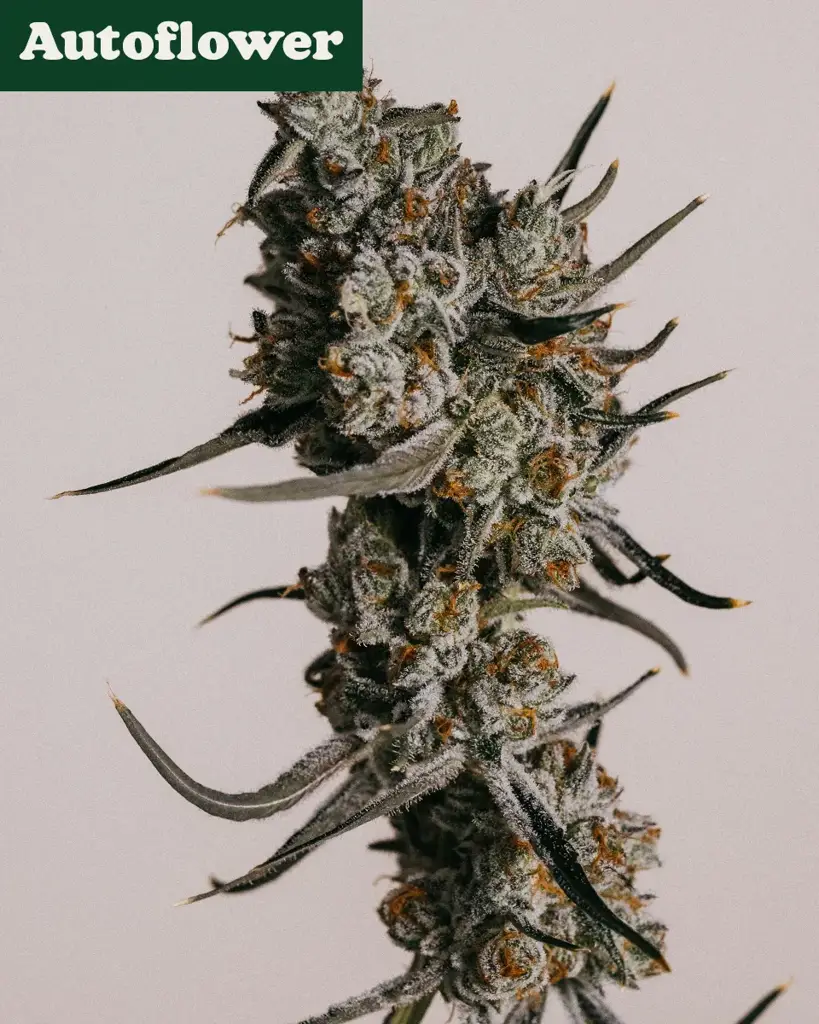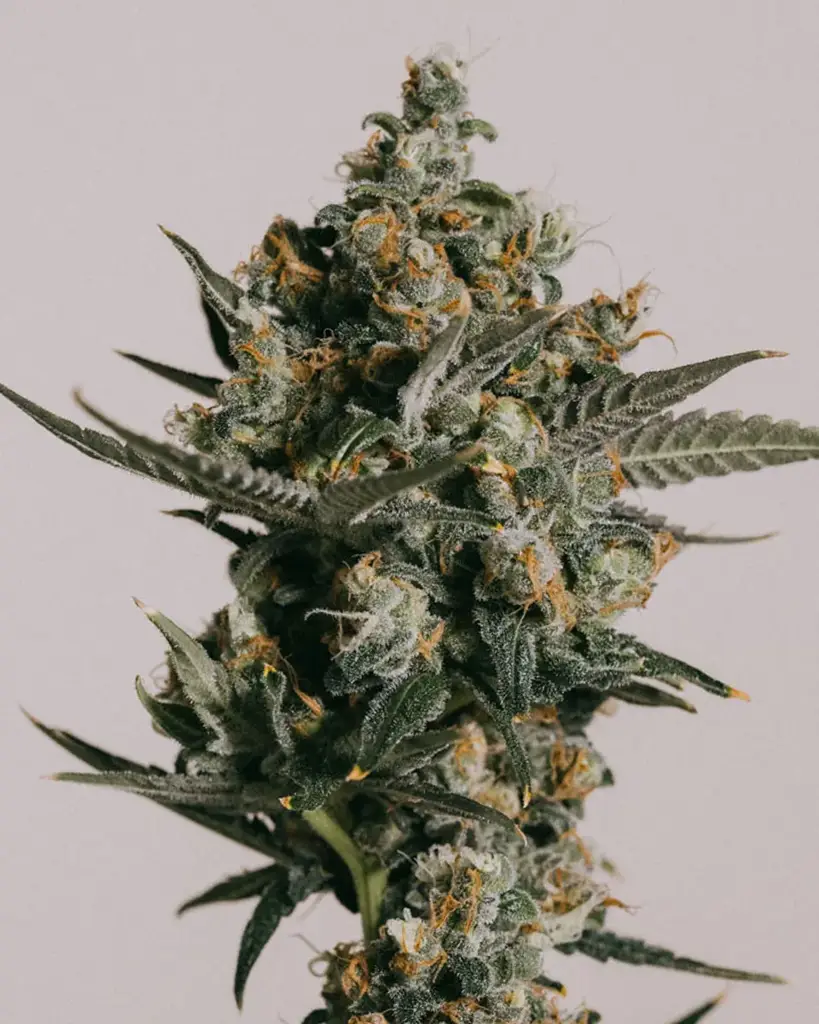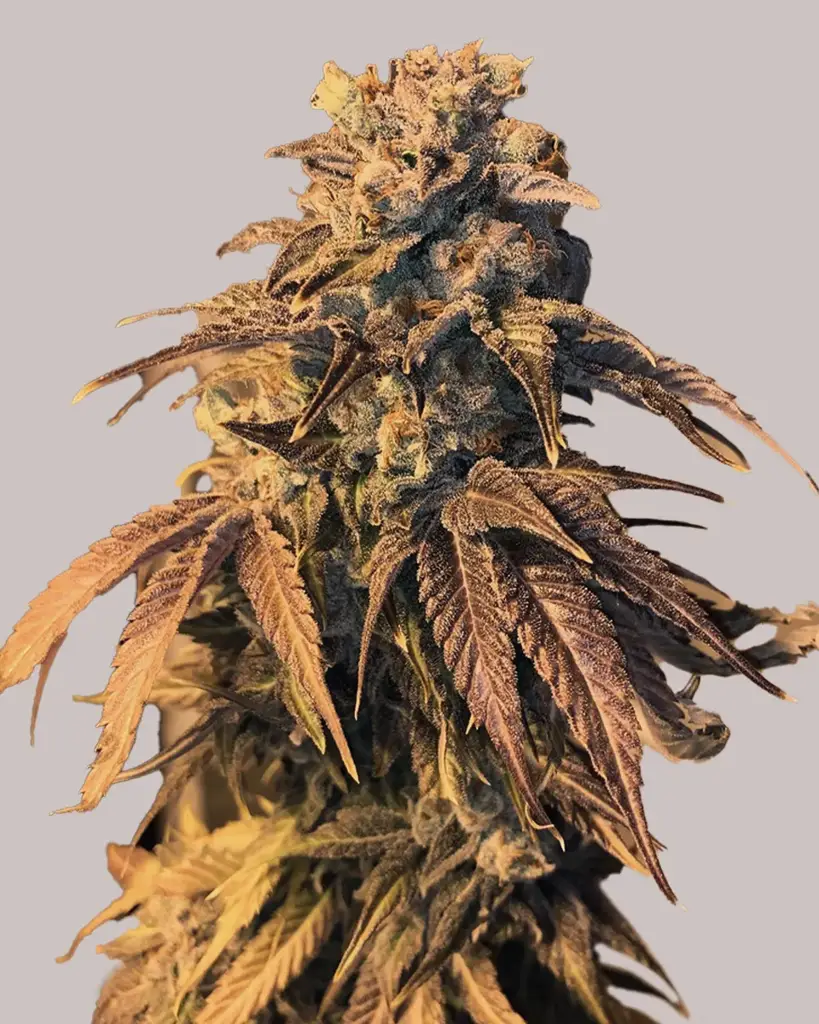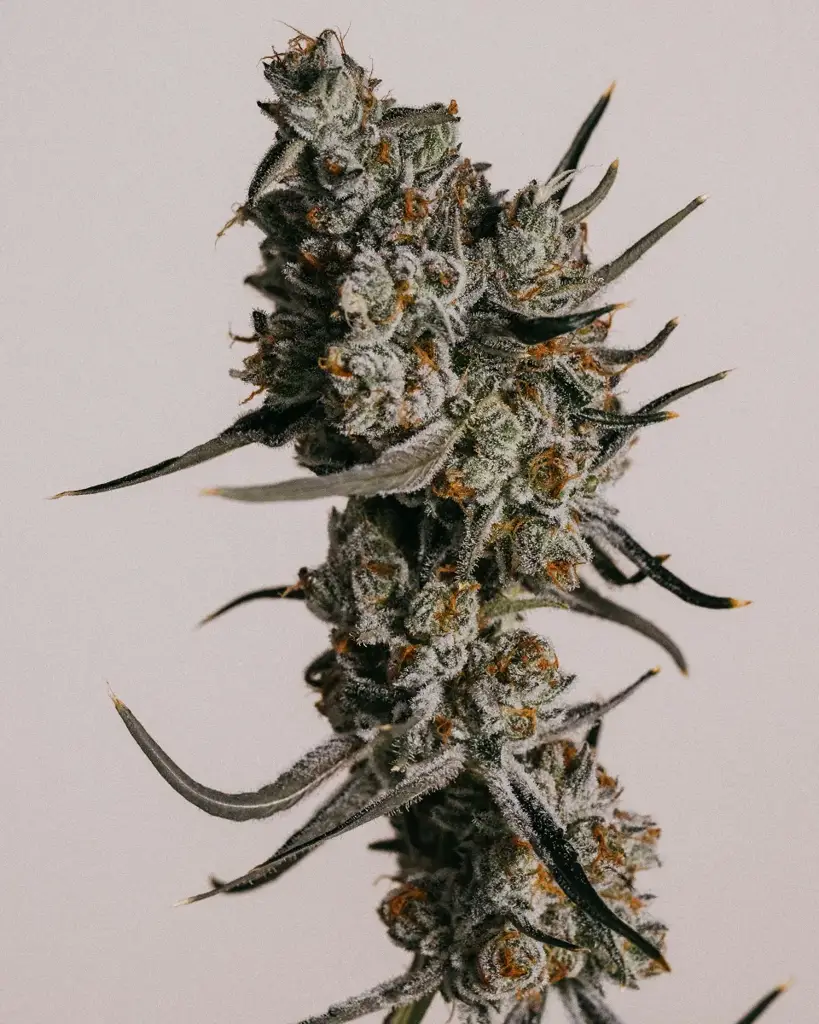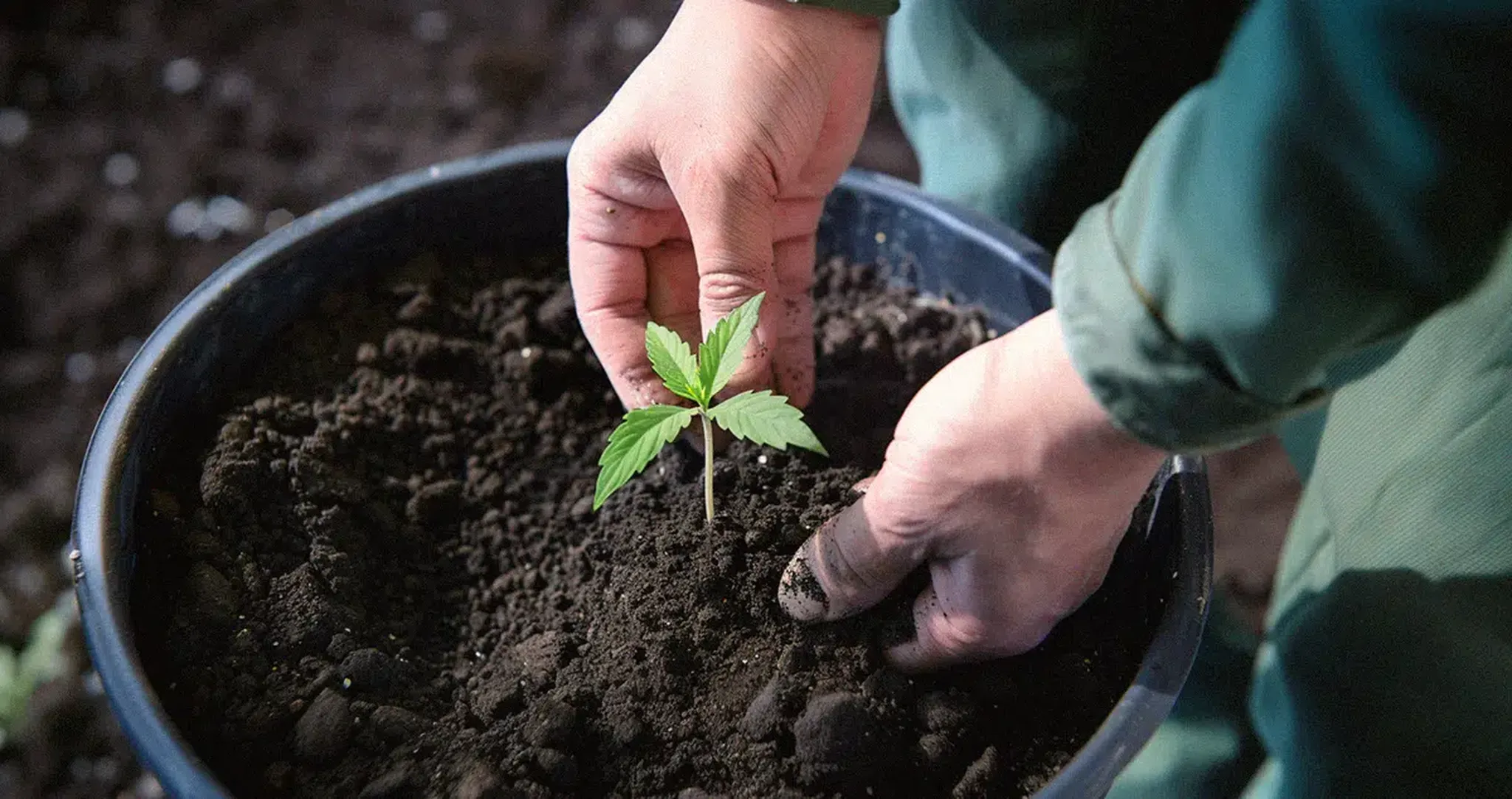
Indoor Cannabis Climate Control for Beginners
There are two environmental factors important to every successful cannabis grow: temperature and humidity. We are surrounded by them every day, and we certainly can feel it when it’s too hot or dank and humid for us. Your precious little plants can too.
Table of contents
- Understanding Humidity and Temperature for Cannabis
- Optimal Temperature Range for Cannabis Plants in Grow Tents
- Maintaining Humidity Levels for the Perfect Cannabis Climate
- Strategies for Controlling Temperature in a Grow Tent
- Tips for Controlling Humidity in a Grow Tent
- Additional Tips for Cannabis Climate Control in Grow Tents
- Troubleshooting Tips for Temperature and Humidity Cannabis Climate Control
Today, we are going to share with you how these two factors interact with your plants and with each other. You’ll be a better grower and ready for massive harvests by understanding how to manage the basics of indoor cannabis climate control.
Our Bestsellers
Understanding Humidity and Temperature for Cannabis

When we are hot, we sweat, which causes us to drink water to replenish ourselves. By maintaining grow room temperature control, we can encourage our plants to transpire (the equivalent of sweating). When our plants are sweating from the underside of the leaves, the plant reacts by taking up more water from the root zone.
The root zone is where we add our plant nutrients, and when the plant is taking up water from the root zone, it is also taking in nutrients. By understanding indoor climate control, we can increase our plants' health and yields through increased nutrient uptake.
You might be thinking, if I make my grow room conditions really hot, my plant will sweat a ton and uptake mega doses of nutrients and be super big…. but that's not a good idea.
Hot air holds more moisture, aka relative humidity (RH), than colder air does. Grow room climate control for plant health and maximum yields is about maintaining proper humidity levels, too. Water can exist as a liquid or a vapor, and temperature plays a significant role.
Think of a tea kettle as it is heated. Cool water in the liquid form is converted to steam, which is hot water in the vapor form. This vapor can linger in the warm air longer than cool air because of the water molecules' physical properties. Lower temperatures naturally have lower RH levels.
The downside of cool temperatures is that the plant reduces transpiration, causing the uptake of nutrients to slow down. If the grow room conditions are too cold for more than a few days, the plant can start to show signs of nutrient deficiencies, even though there are plenty of nutrients available in the soil.
Professional growers have made the connection between temperature, humidity, and plant health. They have calculated the target range for both temperature and humidity using an easy-to-follow equation known as Vapor Pressure Deficit (VPD).
Optimal Temperature Range for Cannabis Plants in Grow Tents

Whether you are growing in a tent or an open space, grow room temperature control will vary depending on the life stage of the plant. The best place to monitor temperature is at the canopy of the plant because it is a close representation of the temperature of the leaf surface.
First off, the seedling stage will benefit from warm temperatures. The additional humidity in the air is beneficial to the growth above the surface, but the warmer temperatures also encourage seed germination and root growth. If the temperature is too cool during this stage, growth can slow, pathogen pressure can increase, and that can lead to damping off (seedling death). The ideal temperature range for a cannabis seedling is 21-28 °C (70-83 °F).
Driving growth in the vegetative stage is directly related to the number of flowers you will harvest later. Grow room temperatures are similar to those of the seedling phase. The goal of using this temperature range is to increase transpiration (plant sweating) and drive nutrient uptake from the root zone. This will help the plant grow sturdy branches and plenty of bud sites. The ideal temperature range for cannabis in the vegetative stage is 21-28 °C (70-83 °F).
Nutrient uptake in the flowering stage is just as important, but growers should reduce the overall temperature for a few reasons. As buds swell and become larger, too much moisture in the air can lead to bud rot and moulds. Higher temperatures can also reduce the amount of terpenes, which are largely responsible for the aroma of cannabis. The ideal temperature range for cannabis in the flowering stage is 18-26 °C (65-80 °F).
Indoor Grow?
Maintaining Humidity Levels for the Perfect Cannabis Climate

Cannabis plants grow best in a specific humidity range. If the humidity is too high, the transpiration is reduced, and the plant won’t be taking up enough water and nutrients from the root zone. If humidity is too low, the plant will continually be uptaking from the root zone, and that can lead to nutrient toxicity in the plant. Just like with temperature, there is a balance for each of the life stages.
Seedlings prefer the highest amount of humidity compared to any other stage of growth. Growers in areas with low humidity can use clear domes over their germinating cannabis seeds and seedlings to keep the humidity up. Until the root system develops, plants are also able to use the water vapor in the air to stay hydrated. Growers in areas with naturally high humidity may not need to use the dome. The ideal humidity range for cannabis in the seedling stage is 65-70%.
Humidity in the vegetative stage is reduced slightly to encourage increased water and nutrient uptake from the developed root zone. Using your grow room climate control settings, you can manipulate the feeding habits of the plant and drive growth. Remember, the growth during the vegetative stage builds the structure for bigger flowers in the next stage. The ideal humidity range for cannabis in the vegetative stage is 50-65%.
As you progress from the first day of flower all the way to harvest, you will progressively reduce the humidity levels in your grow tent. Cannabis flowers hold moisture in their core, and as they grow larger, the likelihood of powdery mildew (PM) or botrytis (bud rot) increases in high-humidity environments. We’ll discuss some of the methods to avoid this momentarily. The ideal humidity range for cannabis in the flowering stage is 40-60%.
Strategies for Controlling Temperature in a Grow Tent

Growers will need a way to monitor the temperature. There are analog solutions (thermometer) but more commonly, growers are using digital solutions. Inline/exhaust fans often have sensors and a digital display indicating the current temperature (and relative humidity). There are also monitoring solutions like Pulse Pro or Sensor Push that can send real-time conditions directly to your smartphone.
Heat in the grow tent is largely generated from the grow light, specifically the driver on LED lights. The driver converts electricity and powers the light, which generates heat. Many cannabis specific grow lights have detachable drivers that can either be mounted directly to the light fixture or it can be placed outside of the grow tent, reducing the internal temperature.
If not enough heat is your problem, there are affordable heaters designed specifically for grow tents currently on the market. Growers have also been known to switch to HID lighting systems (high-pressure sodium or metal halide bulbs) during the winter months because they have a higher heat signature compared to LED lighting.
The use of ventilation and exhaust fans are a key method for maintaining grow tent temperature control. Hot air gathers at the top of our grow tents, which is the ideal place to mount your exhaust fan. As the exhaust fan expels warm air from the top of the grow tent, fresh, cooler air is brought into the bottom of the tent.
Air movement inside the tent is also important to prevent pockets of hot, stagnant air in the canopy. I recommend having an oscillating fan in your grow tent to help circulate and mix the warm air with the fresh air coming in through the bottom of the tent. Ideally, you would have one fan above the canopy and another below the canopy.
Tips for Controlling Humidity in a Grow Tent

Part of controlling your humidity is controlling your temperature. Tools like an exhaust fan and the internal circulating fan(s) not only help control temperature but they assist in the fight against high humidity too. Dehumidifiers can be used to lower the humidity of the grow tent or lung room. Just the same, humidifiers can be used to increase humidity if needed.
Some of the less obvious culprits of high humidity include:
soil mass
time of day you water
plant density
amount of foliage
The more soil you have in a grow tent, the larger the amount of moisture that will be released into the atmosphere through evaporation. I like the idea of growing in beds instead of pots, but even a 3x3 bed of soil in a 4x4 grow tent creates an almost unconquerable battle with humidity because of the large soil mass and all of the moisture it is capable of retaining. So, if you have a small tent, I recommend you stick to growing cannabis in pots!
Growers should avoid watering before the lights go off and the tent gets closed for the night cycle because this will trap that additional soil moisture. During the lights on period, the plants are actively drinking, and this will reduce the amount of moisture in the soil before the night cycle. I suggest watering in the first or second hour after lights on.
Not overcrowding the grow tent also aids in lowering humidity. When every portion of the grow tent is packed with leafy plants, it can lead to a lot of additional moisture in the air. Defoliation is another technique that can be used to reduce humidity. Less leaves equals less transpiration, but don’t take too many, you need them for photosynthesis too.
Additional Tips for Cannabis Climate Control in Grow Tents
Most tent growers are growing inside a house or apartment, which provides a unique opportunity for controlling grow room conditions. Using the existing heating and cooling systems of the house, the lung room (the room your tent sits in) can be kept within the ideal ranges, conditioning the air inside of the grow tents.
If you’ve placed your grow in a garage, basement, or attic, adding insulation foam boards around your grow tent can offer a level of climate stabilization that will aid in your grow tent climate control efforts. If you are on a concrete floor, be sure to raise your pots off the ground to avoid a cold root zone, especially in winter.
A popular trick amongst experienced growers is to run your lights at night when it is cooler outside and turn them off during the day when it is warmest outside. If you struggle with heat in the grow tent, is your grow tent located against an outer wall of the house that gets direct sunlight (heat)?
If you need to add moisture and cooling to your environment but you are on a budget, Swamp Coolers are an easy and cheap solution that you can make at home, courtesy of evaporative cooling.

Pro Tip - Manufacturers of cannabis grow equipment are creating automated systems that enable growers to set their grow room climate controls and let the machines handle the rest. If the temperature goes above the maximum setting, the A/C will turn on. If the humidity exceeds the set level, it will increase the exhaust fan speed and/or activate the dehumidifier. If it is too cold, the heater will turn on. Humidity too low? It will activate the humidifier. The amount of automation is incredible, and I expect to see more manufacturers adopting this technology.
Troubleshooting Tips for Temperature and Humidity Cannabis Climate Control
A new grower might assume that the smaller the grow tent, the easier it will be to control temperature and humidity. The opposite is actually true. Smaller spaces take less time to heat up from the equipment and less space for plant transpiration to go. So, first, consider the size of your grow tent. I find that the climate is easiest to control in grow tents 4x4 or larger.
Having a secondary method of checking temperature and humidity is an excellent first step if the numbers don’t seem accurate. Once you’ve confirmed you are out of the desired range, check your exhaust system. Is it working? Does increasing the speed solve the problem? What is the temperature and humidity in the lung room, the space from which the grow tent is getting its supply of fresh air?
Once you have checked for malfunctioning equipment and eliminated the potentials listed in this article, the use of additional equipment may be required, whether that be humidifiers, dehumidifiers, air conditioning, or heaters. For the best growth and biggest yields possible, stay within these temperature and humidity parameters and have a way to monitor their consistency.
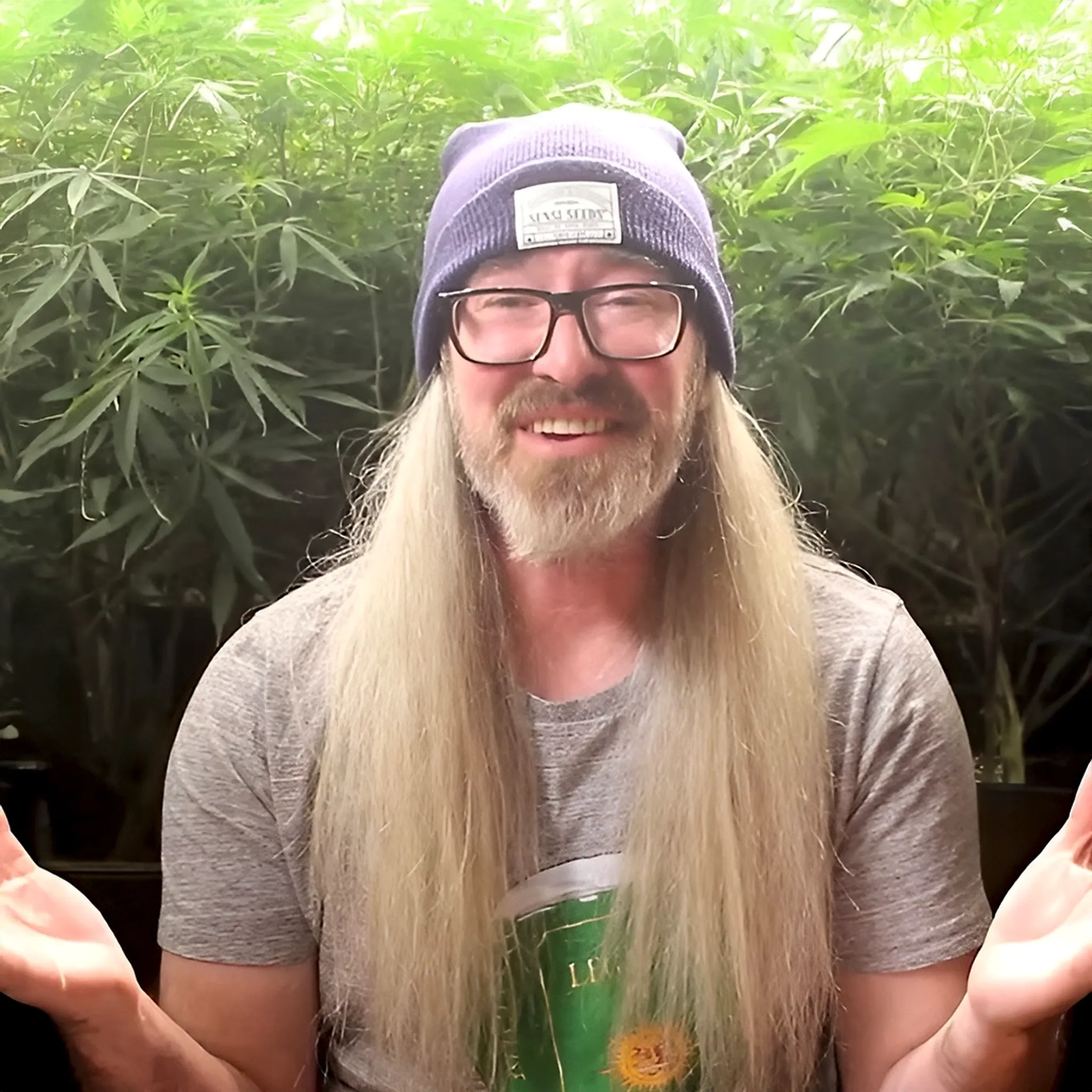
Chad Westport
Chad Westport, a lifelong grower, breeder & cannabis educator, specializes in controlled environment ag with a degree in sustainability.




